
What you deny in yourself, you will live out because you are not on guard against it. Read more at What is The Shadow?
Learn more about Carl Jung's ideas
Click below to find out more about Carl Jung's ideas and how they can help.
Carl Jung's Ideas and How They Help0
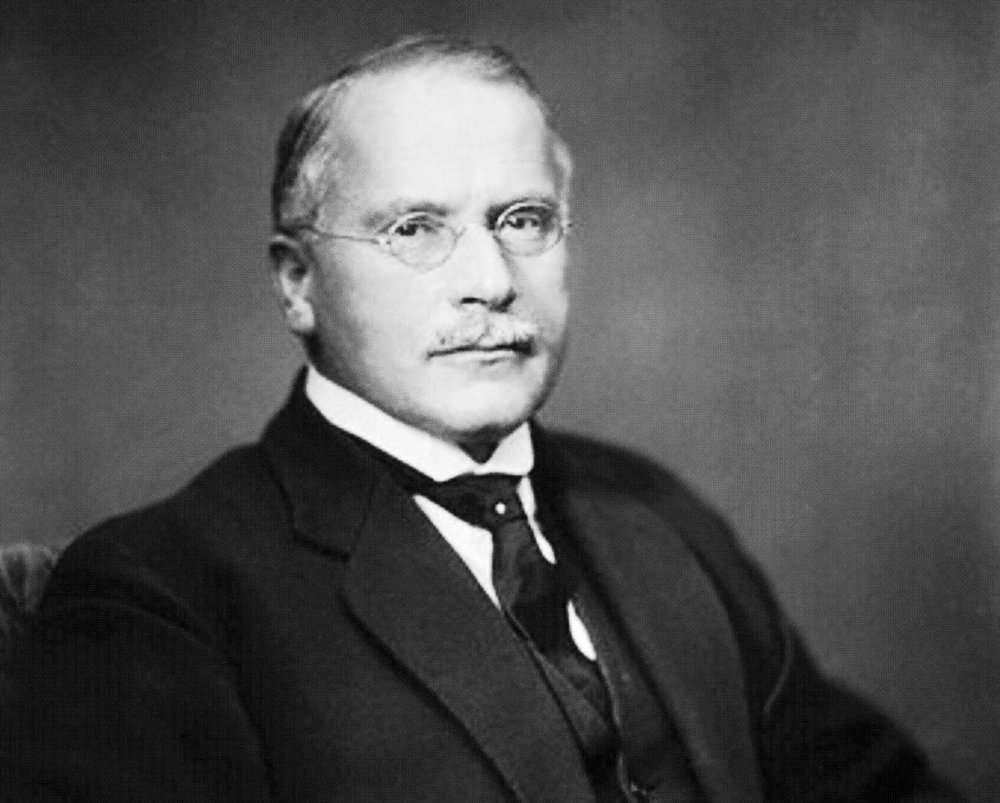
 . Meaning: there is something else at work in humans than mere day-to-day concerns. Some universal unconscious aspect (I’ll call it here “a need for spirituality”) drove many people in Chartres for hundreds of years to come together to build a place of worship more magnificent than any business or home.
. Meaning: there is something else at work in humans than mere day-to-day concerns. Some universal unconscious aspect (I’ll call it here “a need for spirituality”) drove many people in Chartres for hundreds of years to come together to build a place of worship more magnificent than any business or home.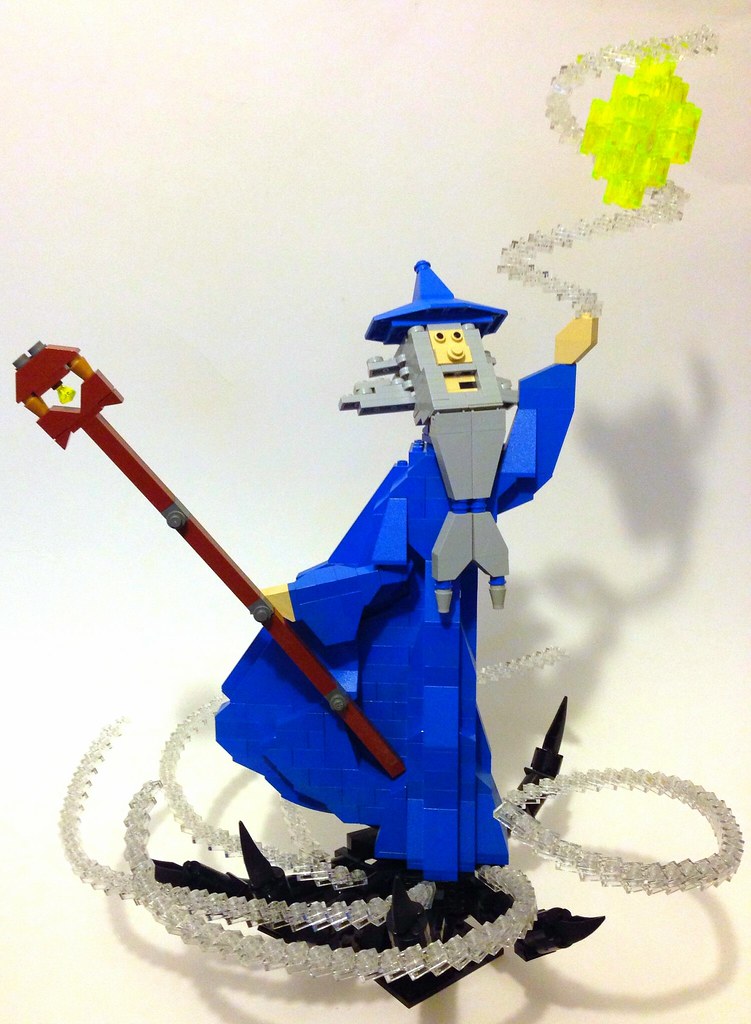
 Archetypes are collective; “the effects they produce” are individual (according to Jung). So how can we show that they exist and what they are?
Archetypes are collective; “the effects they produce” are individual (according to Jung). So how can we show that they exist and what they are? The chicks stopped peeping. The archetype of that predator bird’s shadow was inside each chick at birth, and it set off the behavior of being quiet so as not to be discovered and preyed upon. This image had been passed down because it was important for the animal to survive that the image be in the animals’ brain/mind to touch off the proper behavior when the experience arose. This to me is one of the best examples of both how archetypes act and proof that they exist.
The chicks stopped peeping. The archetype of that predator bird’s shadow was inside each chick at birth, and it set off the behavior of being quiet so as not to be discovered and preyed upon. This image had been passed down because it was important for the animal to survive that the image be in the animals’ brain/mind to touch off the proper behavior when the experience arose. This to me is one of the best examples of both how archetypes act and proof that they exist. 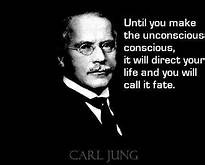
 But Jung’s own definition went on to clarify, “If it has been believed hitherto that the human shadow was the source of evil, it can now be ascertained on closer investigation that … shadow does not consist only of morally reprehensible tendencies, but also displays a number of good qualities ” [CW9 paras 422 & 423].1 One of his most famous students, Maria Louise von Franz, cited a woman Jungian therapist who worked with some of the hardest criminals in jail and found that their shadows were incredibly positive.
But Jung’s own definition went on to clarify, “If it has been believed hitherto that the human shadow was the source of evil, it can now be ascertained on closer investigation that … shadow does not consist only of morally reprehensible tendencies, but also displays a number of good qualities ” [CW9 paras 422 & 423].1 One of his most famous students, Maria Louise von Franz, cited a woman Jungian therapist who worked with some of the hardest criminals in jail and found that their shadows were incredibly positive. 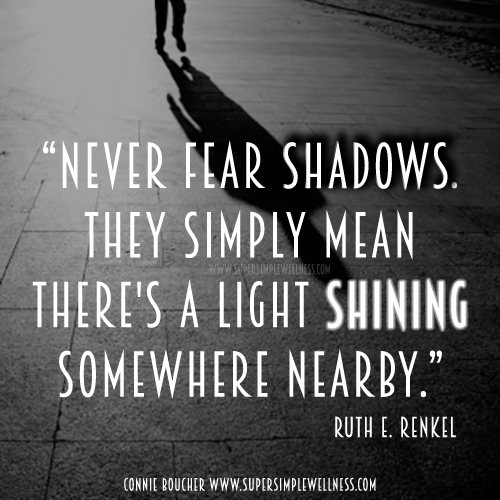
 or a negatively charged particle in physics
or a negatively charged particle in physics  . Negative for him was a scientific term and not a judgment. It was negative in that it was not lived out or processed. It would be no truer with these words to say that everything one actually did in real life was positive in the sense of good. It is merely positive in the sense of being manifest like the positive image of a photographic negative: it has been brought to light.
. Negative for him was a scientific term and not a judgment. It was negative in that it was not lived out or processed. It would be no truer with these words to say that everything one actually did in real life was positive in the sense of good. It is merely positive in the sense of being manifest like the positive image of a photographic negative: it has been brought to light.
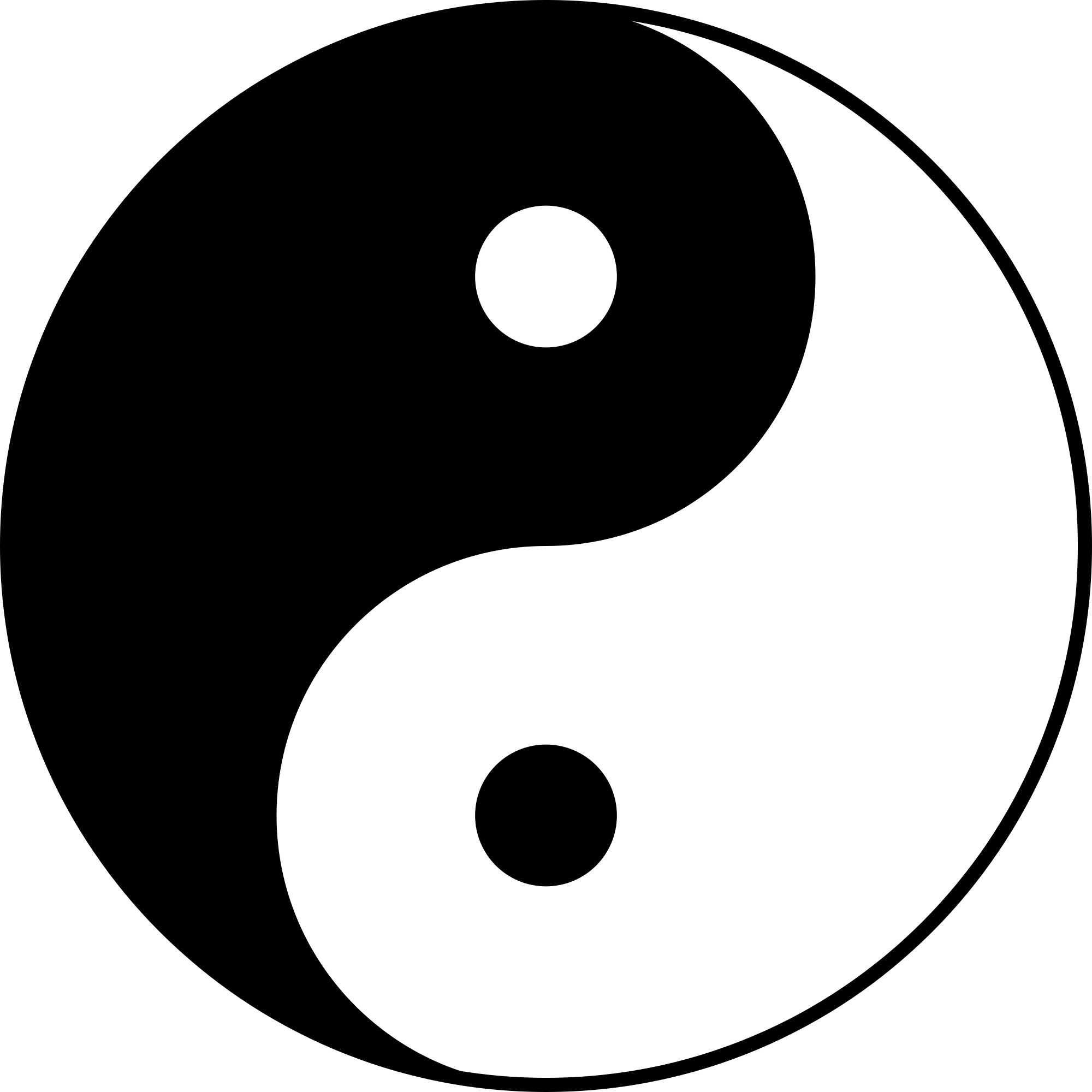
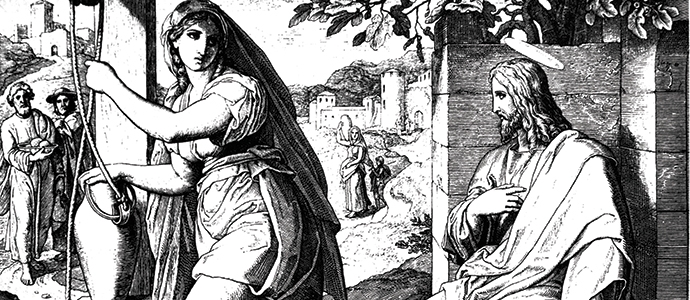



 At that time in the therapy session, Jung noticed an insect banging against the window. When he opened the window, Jung found it was a green beetle. He presented it to the woman and said, “There is your green beetle.” It was a way for her psyche to let her know that there were things going on that could not be explained by her rational side.
At that time in the therapy session, Jung noticed an insect banging against the window. When he opened the window, Jung found it was a green beetle. He presented it to the woman and said, “There is your green beetle.” It was a way for her psyche to let her know that there were things going on that could not be explained by her rational side.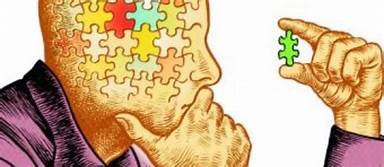
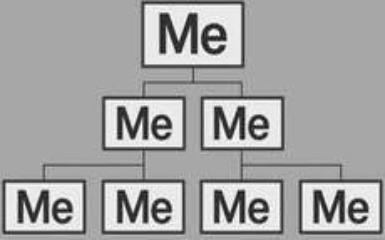 Individuation demands incorporating parts of your psyche you don’t want to admit are there: the shadow. Also, knowing the archetypes that you are living out teaches you about your individuality and thus helps you individuate. As John Beebe says in the intro to The Essential Jung, “although human psyches, like human bodies, share a basic structure, the individual psyche is ‘an endlessly varied recombination of age-old components’.” Learning your specific recombination is individuation.
Individuation demands incorporating parts of your psyche you don’t want to admit are there: the shadow. Also, knowing the archetypes that you are living out teaches you about your individuality and thus helps you individuate. As John Beebe says in the intro to The Essential Jung, “although human psyches, like human bodies, share a basic structure, the individual psyche is ‘an endlessly varied recombination of age-old components’.” Learning your specific recombination is individuation. 